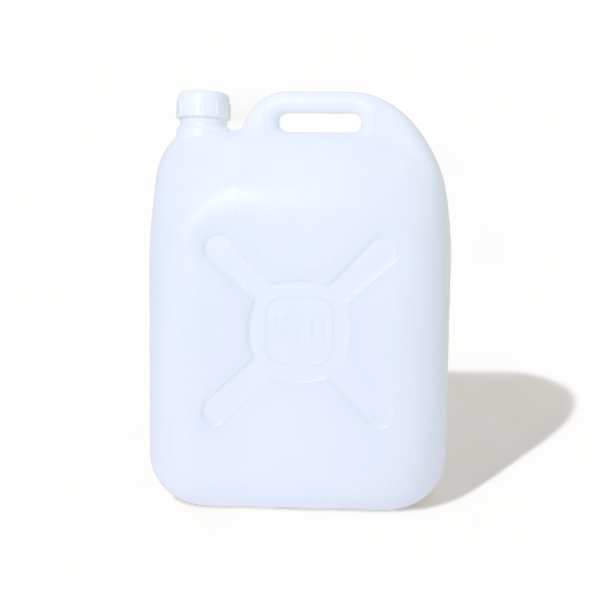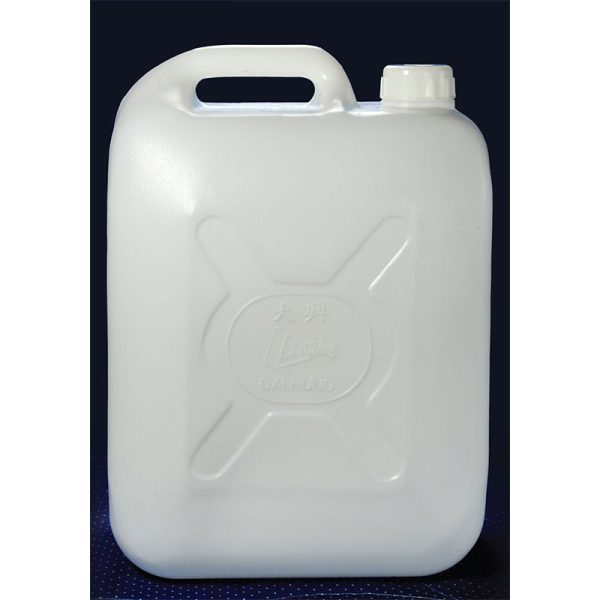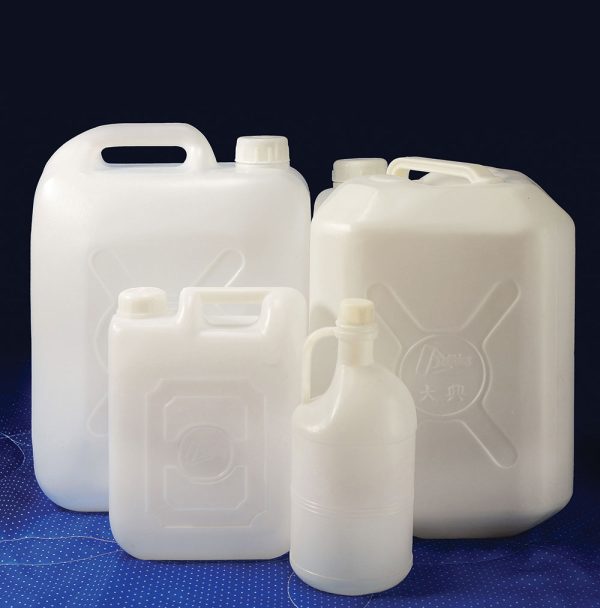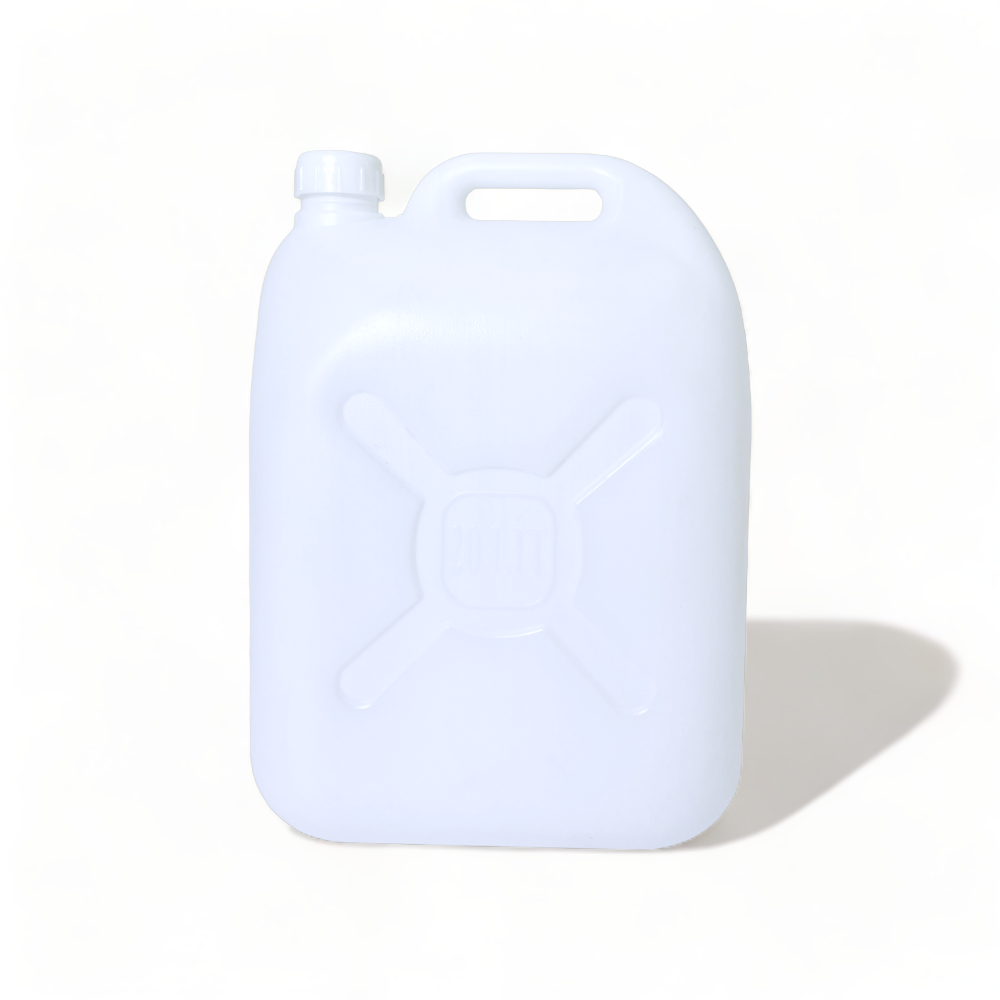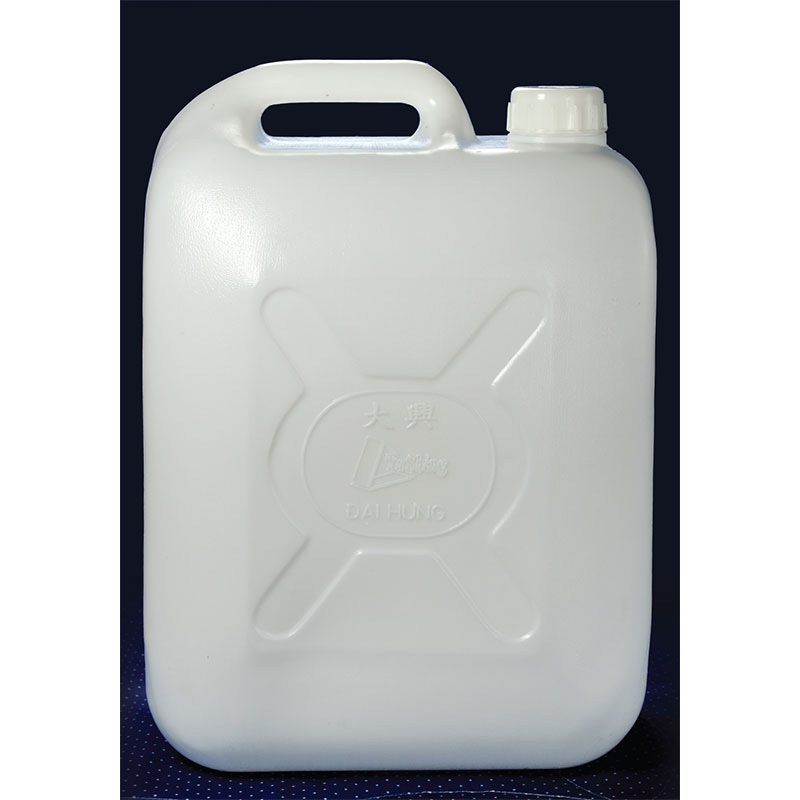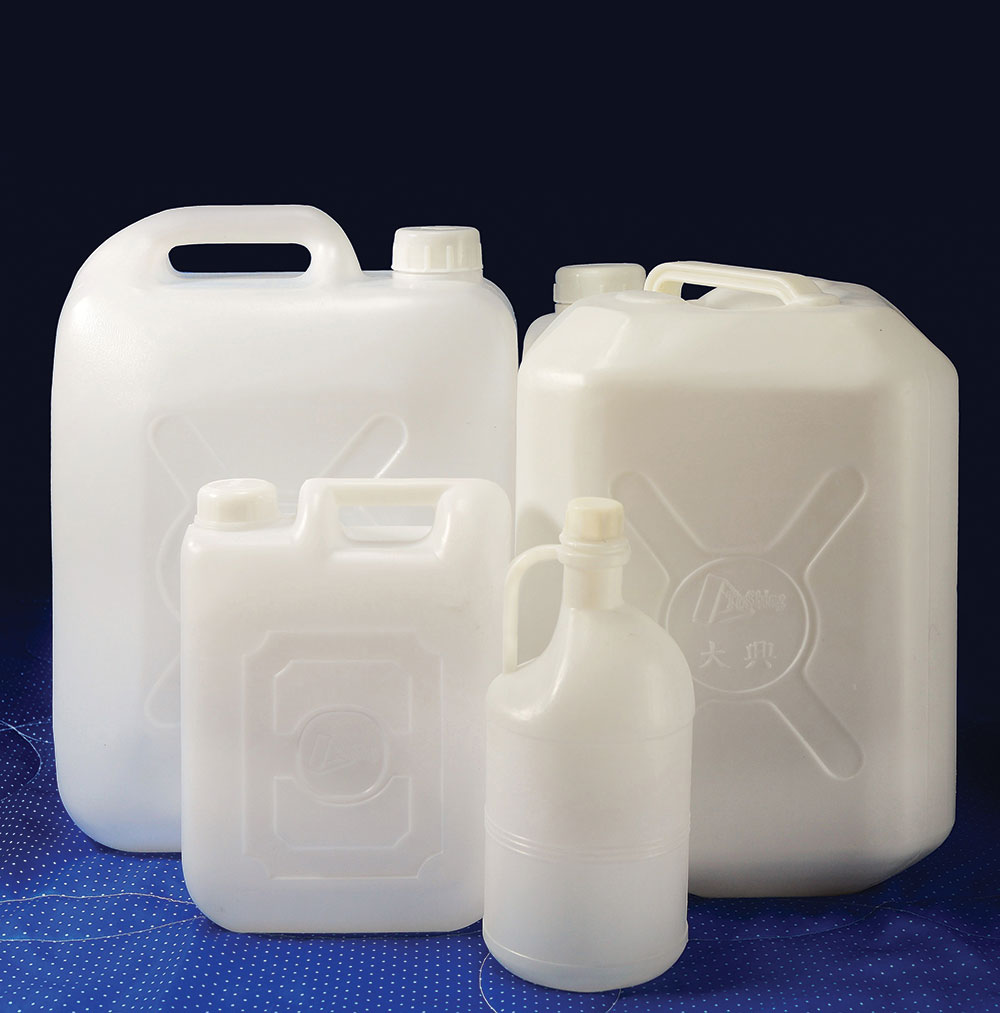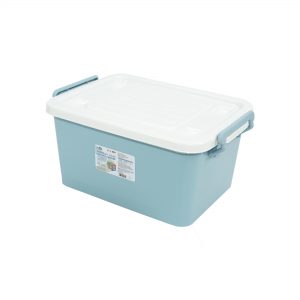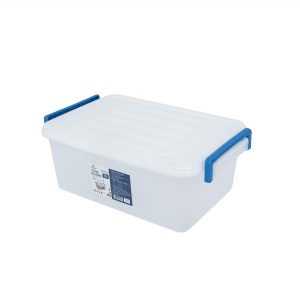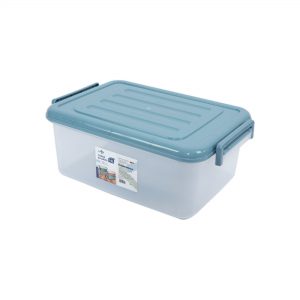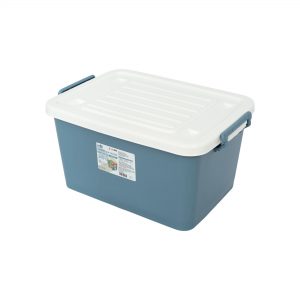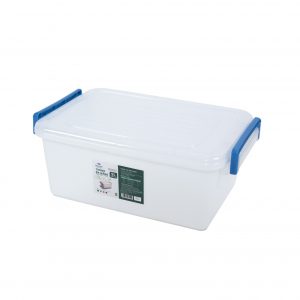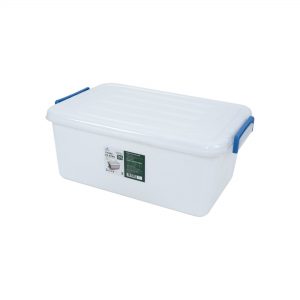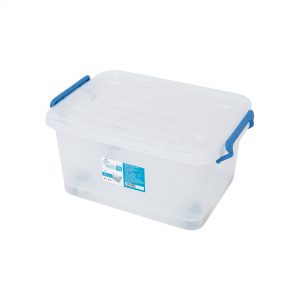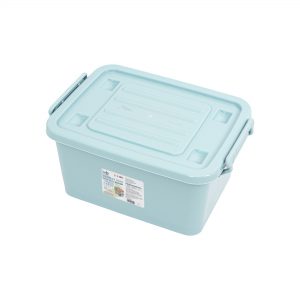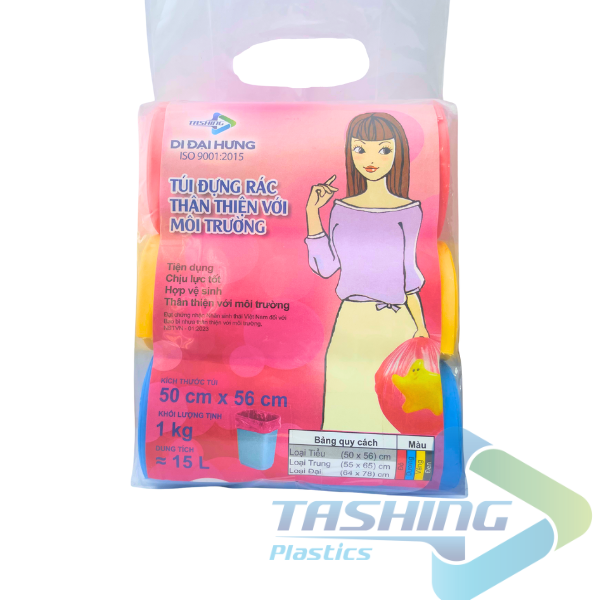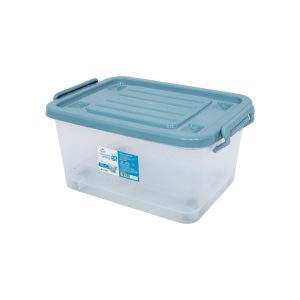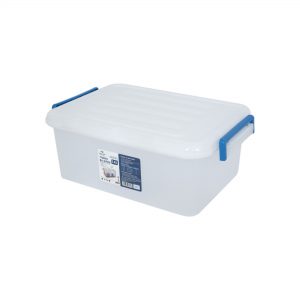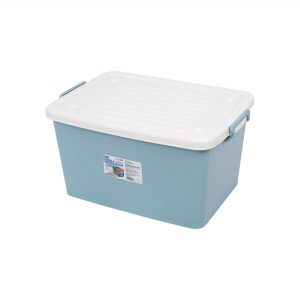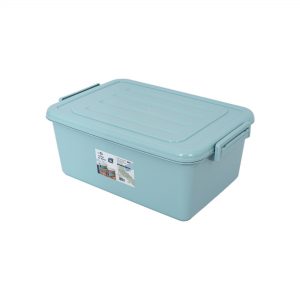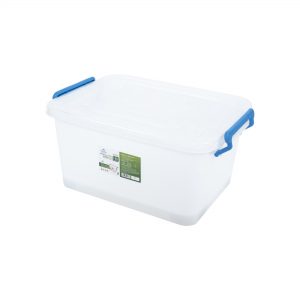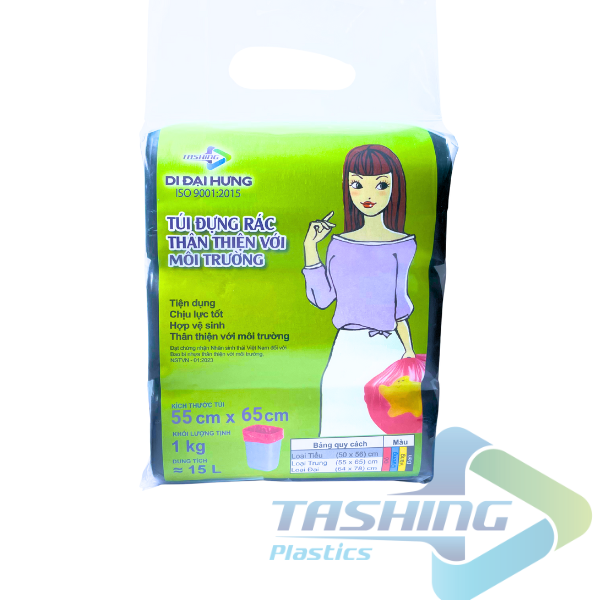30-Liter Plastic Can
48,000 ₫
- Product code: CD30
- Materials: HDPE plastic
- Dimensions: (34 x 20 x 49) cm
- Description
- Additional information
Description
The 30-liter plastic can serves as an essential tool across various industries, offering a multitude of uses that cater to different professionals’ needs. With its durability and capacity, it stands out as a preferred solution for storage and transportation tasks in many settings. This article will delve into the various features of the 30-liter plastic can, exploring its applications and providing guidance on how to effectively utilize this versatile product.
Features of the 30-Liter Plastic Can
1. Durable Construction
One of the most significant advantages of the 30-liter plastic can is its robust design. Made from high-quality polyethylene or polypropylene, the can is resistant to impacts, chemicals, and temperature variations, making it suitable for diverse environments. Its strength ensures that the contents remain secure during transportation and storage, reducing the risk of spillage or contamination.
2. Lightweight Design
Despite its large capacity, the 30-liter plastic can is lightweight, allowing for easy handling and portability. This feature makes it particularly attractive to individuals working in sectors where frequent movement is required, such as agriculture and construction.
3. Chemical Resistance
Designed with chemical storage in mind, the 30-liter plastic can is often resistant to a wide range of chemicals, including solvents, detergents, cleaners, and other industrial liquids. This functionality makes it safe to store hazardous materials without the risk of degradation or leaks.
4. Variety of Closure Options
The can usually comes equipped with a variety of closure options, including screw caps, snap-on lids, or spouts. These closures help maintain the integrity of the contents, whether they are liquid or solid, and ensure that they do not become contaminated. Furthermore, specific designs facilitate pouring and dispensing, adding to the product’s versatility.
5. Easy to Clean and Reuse
As a valuable investment, the 30-liter plastic can is made to be easily cleaned after use, enabling it to be reused for multiple purposes. A simple wash with warm soapy water typically suffices, ensuring that any residues from previous contents are removed efficiently.
Common Applications of the 30-Liter Plastic Can
1. Chemical Storage
In industrial settings, the 30-liter plastic can is frequently employed to store a range of chemicals, from cleaning agents to solvents. For instance, businesses in the manufacturing sector depend on these cans to keep their supplies organized and accessible. Since the can is designed to handle harsh substances, it minimizes the risks associated with chemical spills or storage failures.
2. Fluid Containment
Beyond chemical assets, the 30-liter plastic can is widely utilized to hold various liquids like water, oils, gasoline, and more. In the agricultural sector, farmers often require effective storage solutions for irrigation fluids and fertilizers. This product meets these demands admirably, providing reliable containment while supporting efficient transport.
3. Food Preservation
Within the food industry, safeguarding ingredients is crucial. The 30-liter plastic can excels in this regard by accommodating liquid food items such as sauces, oils, and marinades. Compliance with safety standards for food-grade plastics ensures that the containers do not leach harmful substances, thus maintaining the quality and safety of preserved foods.
4. Agricultural Use
Farmers utilize the 30-liter plastic can for various applications, including the storage and transportation of fertilizers, pesticides, and irrigation solutions. The capability to transport large quantities while remaining lightweight is particularly beneficial in field settings. Moreover, having a designated container for agricultural products helps maintain organization and resource efficiency.
5. Industrial Manufacturing
Manufacturing sectors benefit immensely from the use of 30-liter plastic cans to store raw materials and components. Whether it involves transporting viscous materials or bulk liquids, these cans serve as a reliable solution. Moreover, they fit neatly within production lines, further enhancing operational efficiency.
6. Transportation of Oil and Gas Products
Among the numerous applications for the 30-liter plastic can is its ability to safely contain hydrocarbon fuels like diesel and gasoline. Industries that deal with fuel management rely on these cans to transfer and store their products securely, ensuring compliance with regulatory requirements.
How to Effectively Use a 30-Liter Plastic Can
To maximize the benefits derived from a 30-liter plastic can, it’s important to follow several steps for proper usage. First, selecting a can that is appropriate for the contents you intend to store is crucial. Ensure the material is suitable for chemicals, food, or other substances and complies with any relevant regulations. Before using the can for the first time, it’s advisable to clean it thoroughly, even if it comes pre-cleaned. Using warm soapy water, wash the can and allow it to dry completely before filling. When filling the can, be cautious not to overfill it to avoid leakage. Keep the filling level just below the neck to allow for expansion and to facilitate easy application and pouring. After filling, ensure the can is properly sealed according to its closure mechanism to maintain the integrity of the contents and prevent hazards such as spillage or evaporation.
Labeling the can with its contents and any relevant hazard information is a critical safety measure, particularly when dealing with chemicals, as it helps mitigate risks and ensures awareness among team members. When storing the filled can, place it in a cool, dry area away from direct sunlight and extreme temperature fluctuations, ensuring it is on a stable surface to reduce the risk of tipping over. Finally, when the can reaches the end of its lifecycle, dispose of it responsibly according to local environmental regulations, and consider recycling options if available
Conclusion
The 30-liter plastic can is a highly adaptable tool that finds utility across numerous sectors, including pharmaceuticals, agriculture, and industrial manufacturing. Its robust construction, lightweight design, and versatility in storage make it a popular choice for professionals who require dependable storage solutions. By understanding its features and applications, users can successfully leverage the capabilities of this remarkable product to meet their diverse needs.
Additional information
| Weight | 0.6 kg |
|---|---|
| Dimensions | 34 × 20 × 49 cm |

